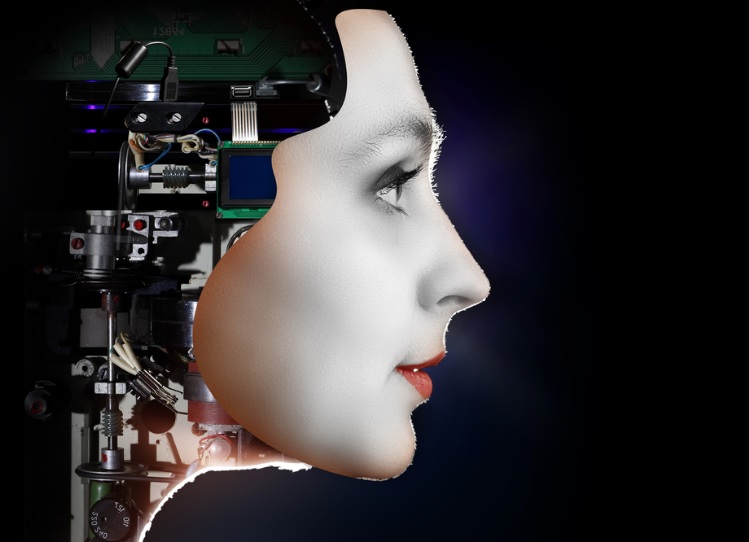All brands going mobile strive to form a deep relationship with consumers. But while everything is going digital and mobile, we have to remember that marketing is about influencing human emotions. Technology shouldn’t replace emotion, but rather work with it.
In the past few months there’s been a trend in which more and more mobile apps have introduced human elements. This post discusses a variety of ways in which human traits are manifested throughout different apps, ultimately indicating a new pattern for the brand-consumer relationship.
Choosing People over Algorithms
Just recently, LinkedIn announced that it was rolling out a new app called “Pulse,” which aims to keep users up-to-date on industry news. The company thought that the best way to tailor the news feed to each and every user based on their field of expertise was to simply hire human editors to do the job. Apple’s Apple News, soon to be available via iOS 9, will also be curated by human editors, as unveiled earlier this month.
This way, LinkedIn and Apple guarantee their news feeds feature only the most relevant content — a level of selection that’s unparalleled by any other algorithm or machine learning abilities. With two of these tech giants making the transition, more companies will be sure to follow, indicating that delivering top-level value to users may be dependent on hiring a human team to do the job — curated by humans, for humans.
When I spoke recently with Yoav Barel, Head of Mobile at LivePerson, he said, “There’s a reason why the top ranked mobile apps are those that facilitate a human-to-human connection. In order to succeed in this new messaging economy, brands need to offer a direct connection with a live person within their apps, which will not only drive higher app retention but greater customer satisfaction and loyalty.”
Speak Their Language
Another way you can add a “human touch” to mobile apps is by giving them a human voice. Just a couple of months ago, Apple announced that it’s going to add a human voice to its Maps instructions. Wouldn’t you prefer it if the push notification letting you know that the shirt you wanted so badly is now back in stock sounded like a stylish, caring friend? Wouldn’t you be more compelled to react?
Marketers who seek to tap into consumers’ emotional side should consider giving their apps a human voice. A good push notification leads to another good session on an app, and human-feeling instructions will make users feel like they have their buddy right next to them. Any type of interaction that’s based on human emotions is much stronger and deeper than one that’s based on technical, dry messages.
Make the Right Move
Which brings me to my third point: Why do users love swiping right? Well, in human nature, the right side is associated with positivity — whereas the left is linked to negativity. By swiping right, users are giving their approval to the photo on the screen before them. A dating app like Tinder is based on this principle in order to tap into users’ basic human nature (in more ways than one).
The Galaxy S6 is another great example of that. The device lets users manipulate items on the screen without touching it at all. For example, flipping through photos can be done by flicking the palm left and right (yes, without touching the screen), and exiting a certain window occurs by making a rapid gesture that resembles dumping something downwards. These gestures are very similar to those that humans make on a daily basis and not just when using technological devices.
While human gestures and intuitivity have been widely discussed for years in relation to mobile success, the importance of using behavioral psychology for mobile marketing isn’t discussed nearly as much as it should be. If mobile marketers want to succeed, they must understand people and their innermost behaviors. Samsung and Tinder’s inclusion of native gestures in their products don’t just result in great products but also in better engagement with users. (If you’d like to read more on the topic of behavioral psychology in mobile apps, check out this post by my partner Lior Eldan).
We can expect to see the human aspect of mobile technology continue to grow in the near future, taking on different forms. One change will develop from the accuracy of the information we choose to share via mobile. Messaging apps and social networks are already learning that users express feelings and moods in a variety of ways (from text to emoji), and it is only natural for mobile developers and marketers to study this data in order to offer a truly tailored experience.
In addition, the rise of deep linking and data analysis technologies will turn future apps into sophisticated data aggregators, drawing smart conclusions regarding users’ needs and offering valuable information at the right moment. Today, for instance, a flight booking app can recommend a hotel reservations service to complete the process. In the future, the data regarding your trip will allow your phone to provide instant recommendations as you land, from the best cab fare to tickets for the best shows in town. Nearly every app will become smarter and more in tune with our schedules, personal preferences, and even the mistakes we make (an app that books us a cab when we hit “snooze” one too many times would be nice). After all, we’re only human.
Gilad Bechar is the founder and CEO of Moburst, a global mobile marketing agency. Gilad serves as a mentor to rising startups at Microsoft Accelerator, The Technion, Tel-Aviv University, Unit 8200, and for strategic Moburst clients and is the Academic Director of the Mobile Marketing and New-Media course at Tel-Aviv University.
VentureBeat's mission is to be a digital town square for technical decision-makers to gain knowledge about transformative enterprise technology and transact. Learn More

